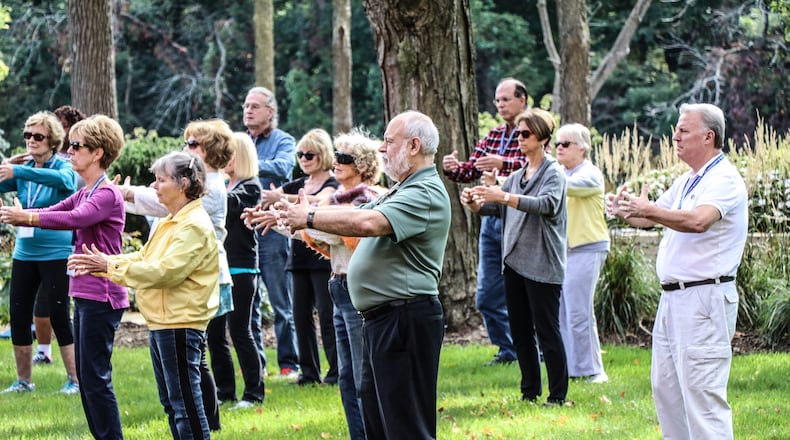Regular strength training and/or cardiovascular workouts are great, but this does not necessarily mean lifting weights or running on a treadmill. Instead, muscle and heart strengthening activities can be built into your everyday routine, without it feeling like a “workout.”
Long before there were gyms there were people in excellent physical condition, because we had less convenience gadgets to help us get the job done. Plain and simple, it is movement that the body craves, and the feel good chemicals released from being in motion help boost our mood. This cycle of ‘move and feel better’ can be the foundation of greater quality of life for those willing to give it a try.
So what does all this equate to? The body will respond positively to any type of activity, provided it is performed safely.
We can use our muscles to accomplish everyday tasks, or we can look for the quickest and easiest way to get the job done. We can watch television or scroll on our phones, or get out of the house and go for a walk, even if it’s a short one.
Making a list of various activities that you enjoy, or ones that you’ve always wanted to try, is a wonderful way to begin adding movement back into your life.
If you are out of shape or have medical conditions, check with your doctor and be sure to ease into unfamiliar activities gradually, especially if you plan to exercise outdoors.
The temperature of muscles, tendons and ligaments are reduced in the cold, making them less moveable. The colder it is outside, the more important it is to give your body a decent warm up along with some gentle stretching and a good cool down as you get to the end of the workout.
This helps to elevate muscle temperature, allows for greater movement of joints and lessens injury risk.
Watch out for ‘sudden’ activities
Heart attack risk increases in sedentary men and women who engage in sudden exercise such as shoveling snow. In the cold, the arteries in the heart constrict and blood pressure rises, and it is harder to breathe and move efficiently. A study in the Journal of the American College of Cardiology reported 53% more heart attacks occur during the winter months as compared to the summertime. Know your limitations, dress and plan accordingly, and listen to your body.
Lastly, everyone has bad days, and there is nothing wrong with taking a day off from exercise now and then, but if you find yourself continually making excuses, examine your reasons, and write them down. This will help you to recognize the factors that stop you from achieving your goals.
Marjie Gilliam is an International Sports Sciences Master certified personal trainer and fitness consultant. She owns Custom Fitness Personal Training Services LLC. Send email to marjie@ohtrainer.com.
About the Author
